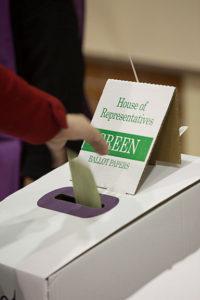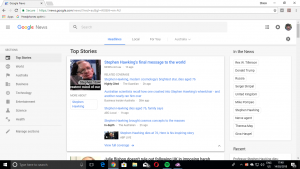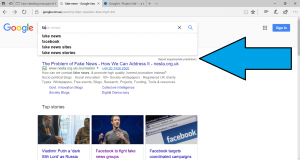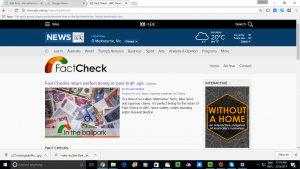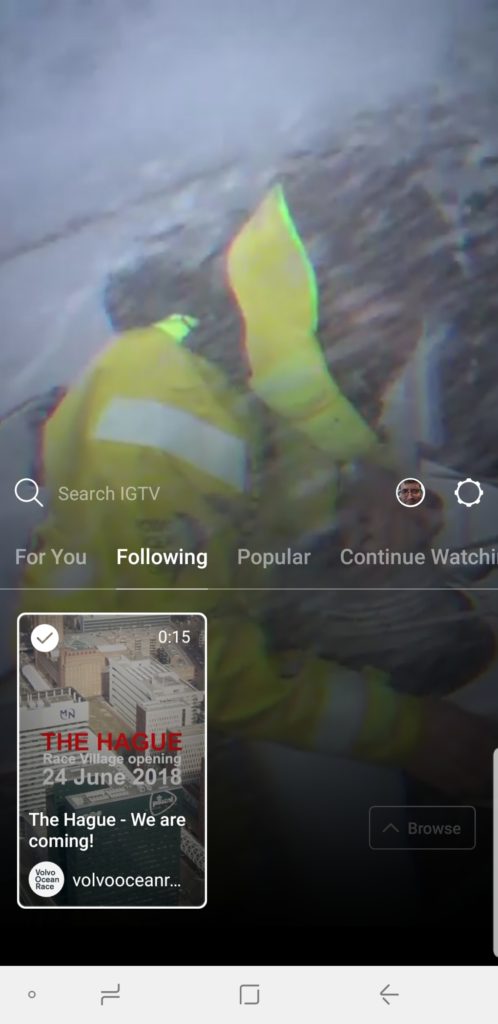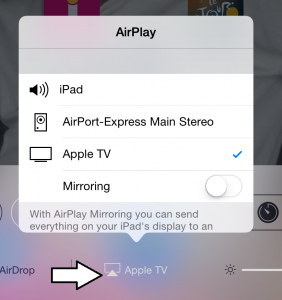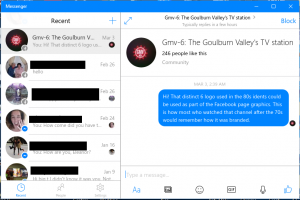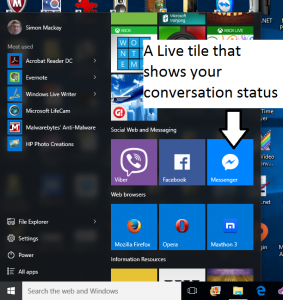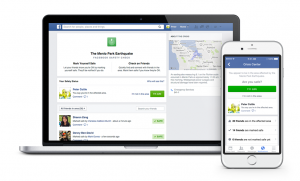Are we at an era where the smartphone is the new “idiot box”?
The TV era 
From the late 1960s through to the 2000s, the television was seen by some people as a time-waster. This was aggravated through increasingly-affordable sets, the existence of 24-hour programming, a gradually-increasing number of TV channels competing for viewership, remote controls and private broadcasters including many-channel pay-TV services.
It led to an increasing number of users concerned about various idle and unhealthy TV-viewing practices. Situations that were often called out included people dwelling on poor-quality content offered on commercial free-to-air or pay-TV channels such as daytime TV; people loafing on the couch with the remote control in their hand as they idly change channels for something to watch, known as “flicking” or channel-surfing; along with parents using the TV as an “electronic babysitter” for their children.
Even technologies like videocassette recorders or video games consoles didn’t improve things as far as the critics were concerned. One talking point raised during the early 1990s was the ubiquity and accessibility of violent video content through local video stores with this leading to imitative behaviour.
We even ended up with the TV set being referred to as an “idiot box”, “boob tube” or similar names; or people who spend a lot of time watching TV idly having “square eyes” or being “couch potatoes”. Some people even stood for “TV-free” spaces and times to encourage meaningful activity such as for example not having a set installed at a weekender home.
There was even some wellness campaigns that were tackling unhealthy TV viewing. One of these was the “Life Be In It” campaign ran by the Australian governments during the late 1970s. This campaign was centred around a series of animated TV “public-service-announcement” commercials (YouTube – example about walking) featuring a character called “Norm”, which showed different activities one could be engaging in rather than loafing in the armchair watching TV non-stop.
The rise of the personal computer, Internet and smartphones
The 1980s saw the rise of increasingly-affordable personal-computing power on the home or business desktop with these computers gaining increasing abilities over the years. With this was the rise of games written for these computers including some “time-waster” or “guilty-pleasure” games like Solitaire or the Leisure Suit Larry games.
During the late 1990s and the 2000s, the Internet came on board and gradually offered resources to the personal computer that can compete with the TV. This was brought about with many interesting Websites coming online with some of these sites running participant forums of some form. It also had us own our own email address as a private electronic communications channel.
Also, by the mod 1990s, most Western countries had implemented deregulated competitive telecommunications markets and one of these benefits was mobile telephony service that was affordable for most people. It also led to us being able to maintain their own mobile telephone service and number, which also lead to each one of us effectively having our own private connection. This is rather than us sharing a common connection like a landline telephone number ringing a telephone installed in a common area like a kitchen or living room.
The smartphone and tablet era
But since the late 2000s the Internet started to head down towards taking the place of TV as a centre of idle activity. This was driven through the existence of YouTube, instant messaging and social media, along with increasingly-portable computing devices especially highly-pocketable smartphones and tablets or small laptops able to be stuffed in to most right-sized hand luggage, alongside high-speed Internet service available through highly-affordable mobile-broadband services or ubiquitous Wi-Fi networks.
Issues that were underscored included people looking at their phones all day and all night to check their Facehook activity, watching YouTube clips or playing games and not talking with each other; smartphone anxiety where you have to have your phone with you at all times including bringing it to the dinner table, and the vanity associated with the social-media selfie culture. Sometimes browsing the Social Web including YouTube ended up being seen as today’s equivalent of watching the low-grade TV offerings from a private TV broadcaster. Let’s not forget how many of us have played “Candy Crush Saga” or “Angry Birds” on our smartphones as a guilty pleasure.
This issue has come to the fore over the last few years with concepts like “digital detoxification”, an interest in Internet-free mobile-phone devices including “one-more-time” takes on late-90s / early-2000s mobile-phone designs, mobile operating systems having functionality that identifies what you are spending your time on heavily, amongst other things.
Educators are even regarding the time spent using a computing device for entertainment as the equivalent of idly watching TV entertainment and make a reference to this time as “screen time”. This is more so in the context of how our children use computing devices like tablets or smartphones.
Recently, France and the Australian State of Victoria have passed regulations to prohibit the use of smartphones by schoolchildren in government-run schools with the former proscribing it in primary and early-secondary (middle or junior high) levels; and the latter for primary and all secondary levels.
Even smartphone manufacturers have found that the technology has hit a peak with people not being interested in the latest smartphones due to them not being associated with today’s equivalent of idle TV watching. This may lead to them taking a more evolutionary approach towards smartphone design rather than heavily investing in ewer products.
What it has come down to
How I see all of this is the existence of an evolutionary cycle affecting particular forms of mass media and entertainment. It is especially where the media form allows for inanity thanks to the lack of friction involved in providing or consuming this kind of entertainment. As well, the ability for the producer, distributor or user to easily “shape” the content to make a “fairy-tale” existence where the “grass is always greener” or to pander to our base instincts can expose a media platform to question and criticism.
In some cases, there is an ethereal goal in some quarters to see the primary use of media and communications for productive or educational purposes especially of a challenging nature rather than for entertainment. It also includes reworking the time we spend on entertainment or casual communications towards something more meaningful. But we still see the lightweight entertainment and conversation more as a way to break boredom.
UPDATE: I have inserted details about France and Australia banning smartphones in schools especially in relationship to the smartphone ban announced by the Victorian State Government on 26 June 2019.



